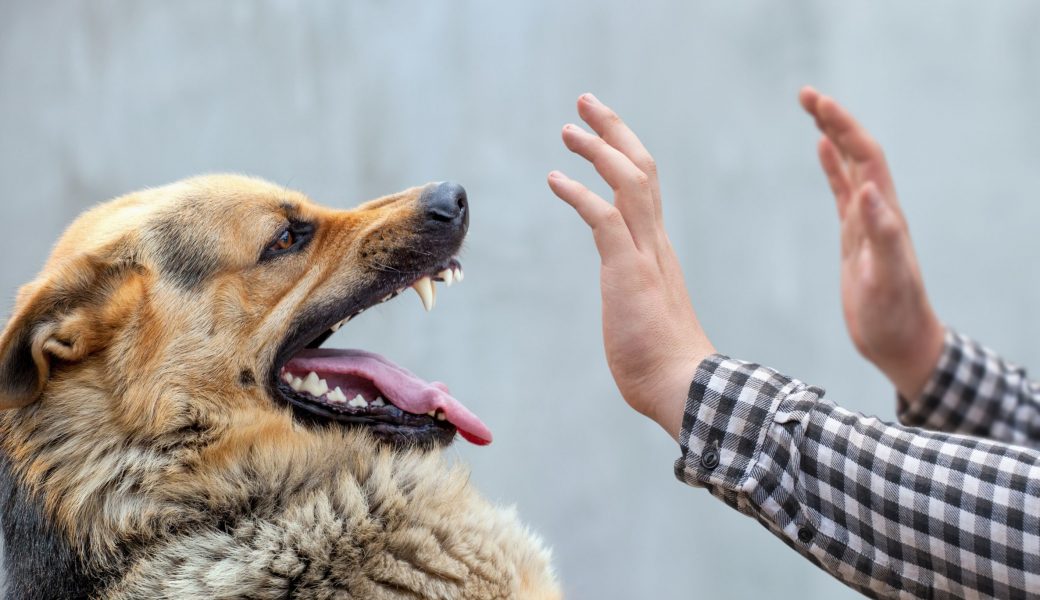
It’s a beautiful day at the dog park and everyone is having fun running around and chasing balls. Suddenly, a dog enters the park, and your dog loses their calm mind and begins to snap, growl, and bark at the new dog. It could only last a few seconds or it could escalate into a full-on fight. In a worst-case scenario, one or both dogs could sustain an injury and an owner could get bitten while trying to break up the fight.
Whatever the outcome is, a peaceful day can be ruined by aggressive dogs and can make you reluctant to want to go to a dog park again.
Dog-to-dog aggression has been on the rise lately and it’s made some dog owners worried about even bringing their dogs outside the home for a walk. Dog fights can even happen in the home if you own multiple dogs.
In order to control dog aggression, you need to understand why dogs may “hate” each other to begin with. Not all dog aggression can be prevented, but with proper training, it can solve a number of issues.
The best way to define dog aggression is a negative reaction to another dog that causes the recipient to feel threatened or fearful. Aggression can be complicated to spot as playful or appropriate behavior can sometimes be mistaken for aggression. As an example, an older dog snapping at a puppy and causing it to cry is appropriate behavior since the older dog is telling the younger dog to behave.
Aggressive behavior can be broken up into a few different types. You shouldn’t group all types of aggression together since there can be various layers creating the problem. These types of aggression include
Dog-to-dog aggression needs an understanding of the situation when it occurs and the triggers involved. Fear is often the largest trigger of aggression, so punishing the behavior could result in even worse behavior.
As an example, if a puppy was pushed over and bullied by a larger dog, it will most likely think of big dogs as a threat. When a big dog gets close, chances are they’ll lunge and bark to keep the dog away. Punishing this behavior can increase the dog’s anxiety and can be more convinced that big dogs are bad.
The first step in reducing aggression is determining potential causes and triggers that could be causing aggression.
Ask yourself the following questions:
It might be impossible to answer all of these questions if you have a rescue dog since you won’t know their prior history fully. Try answering as many of these questions as possible to get the best understanding of what is happening with your dog.
Dealing with your dog’s aggression can be difficult. Trying to understand what exactly is causing this behavior may be confusing and that’s why Giving a Dog a Bone is here to help. Our specialized dog training in South Florida can teach your dog how to better behave in all situations. Contact us today if you’re ready to turn your dog’s behavior into something awesome.